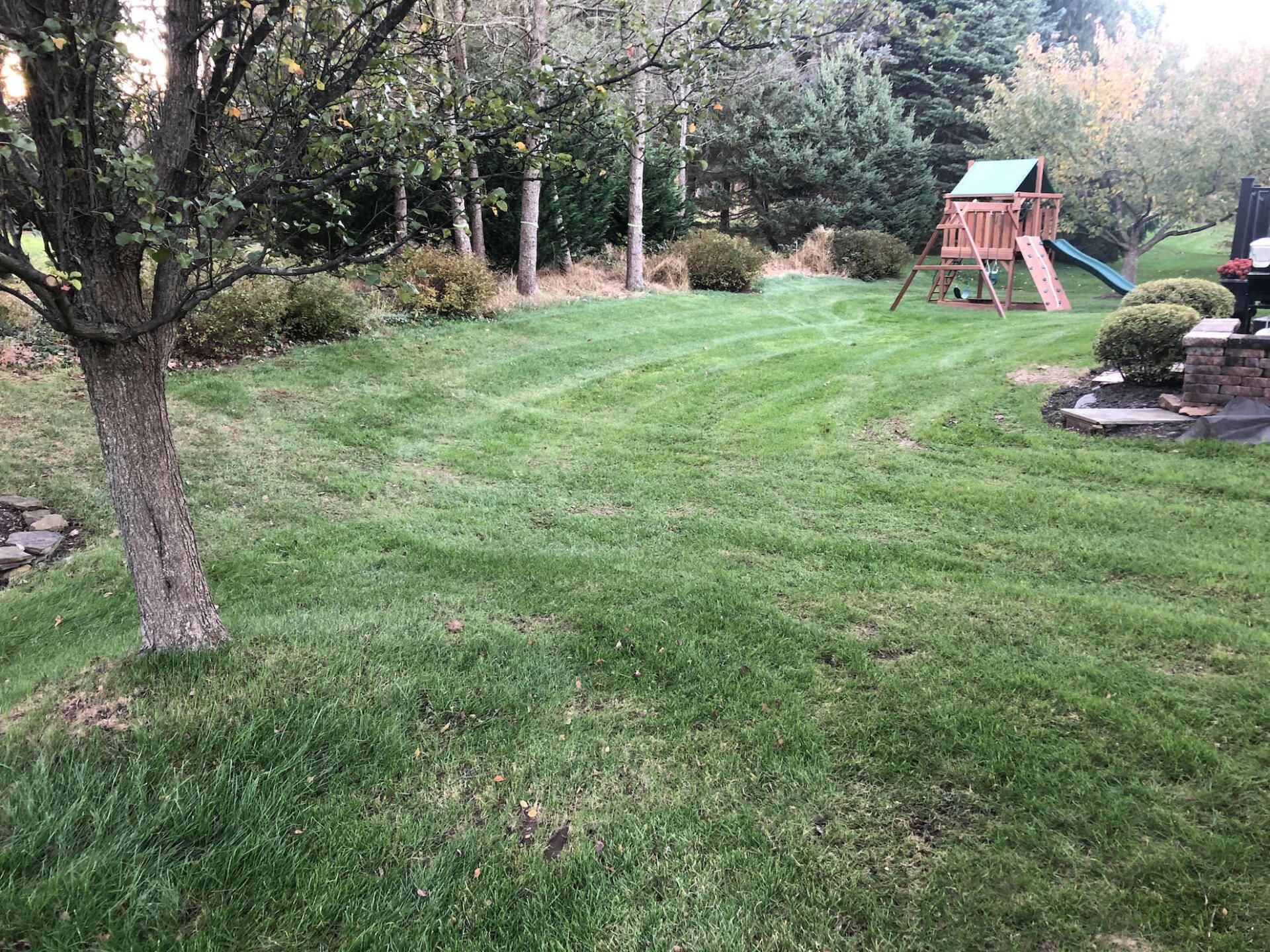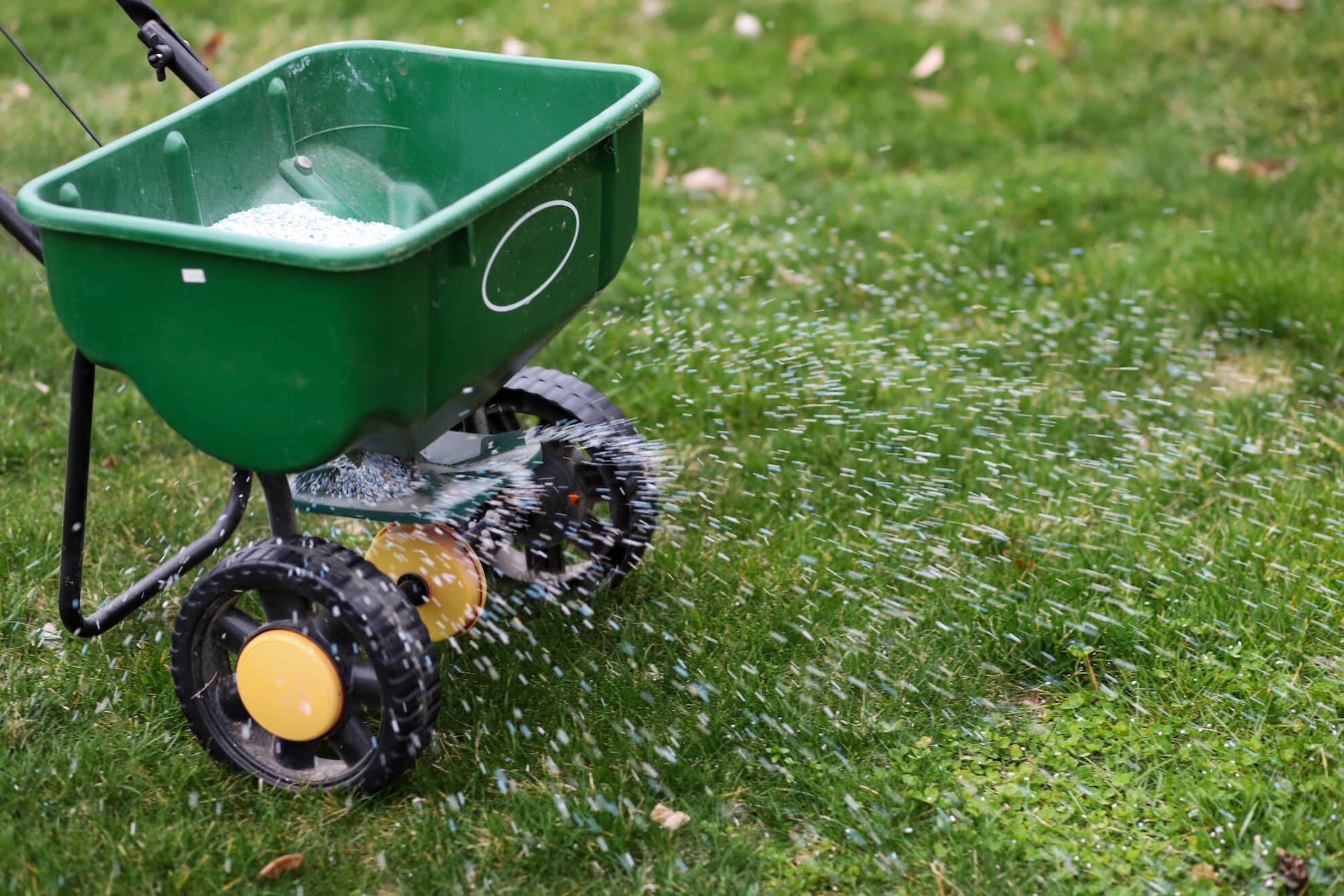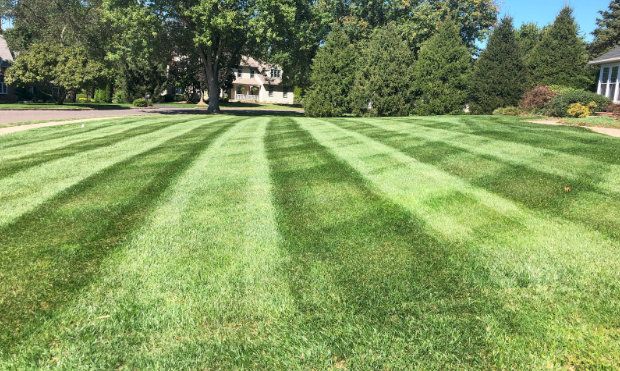Blog
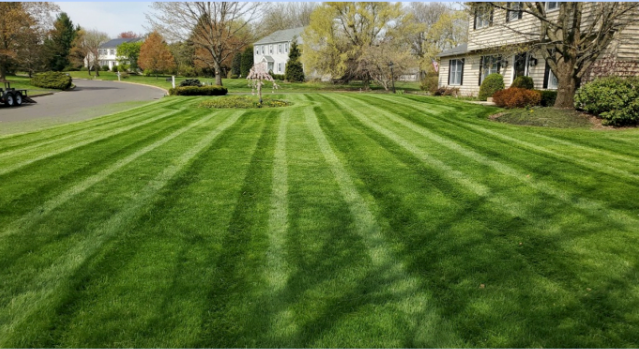
14 Jun, 2023
Two quick questions: Have you had to worry about your service yet? Does your property look better since you have signed up? Is your current service worry-free? You hired a lawn care company because you didn’t want to have to spend time worrying about your property. Lawn Mowing: Your lawn mowing company should be coming on the same day every single week, and if it rains, they should be emailing you to let you know your day has changed. The team coming out should pass a background check and a drug test. Every week your gate needs to be closed and locked to protect your pets. Lawn Care: Your lawn care company should be communicating with you before and after every treatment, not just for legal reasons, but for the safety of your family and pets. Every product used must be kid and pet-safe within a few hours after it is applied. Your company also should be sharing information about all of the products they are putting out on your property. When a treatment is complete, your property should have a flag or sign put in letting your neighbors know that there was a treatment completed. Landscape Maintenance: A landscape maintenance company should always stay on schedule. If that schedule changes due to weather they should let you know as soon as it happens. Once the team comes out they should know exactly what they have to do and make you feel confident in them. Of course, they should pass drug tests, background checks, and be in uniform and professional. Once they have completed the job they should walk you around and show you exactly what was done to make sure you love it. If you are not available when the expert team finishes up, and you don't love how something was done, they should be back in less than 48 hours to make your property look exactly how you want it. Customer Service: Call your lawn care company right now. Do they answer the phone during their business hours? They should. Are they happy and cheerful when they answer? Can you text them? Do they have an app for you to use? The answer to all of these questions should be YES! Does your property look better than when you signed up? Exactly how you expected? You signed up for a lawn care company because you wanted to have a good looking home without spending large amounts of your own precious time worrying about it. No matter what service you signed up for, your property should look much better when that service is completed. After Mowing: Your lawn should look like carpet, cut evenly and to the perfect height every week. The edges should be sharp and tight around your beds and all of your hard surfaces. After a Treatment: Even though the big box companies would tell you differently, you should see results from post emergents (weed killers) in 48 hours or less and results from fertilizer in 1-4 weeks after it has been applied. After Landscape Maintenance: Your property should be nice, tight, and clean. That simple. If it doesn't look perfect after the service, did they come back and fix it or just leave you in the dust? When all is said and done, you did not sign up for a lawncare service to waste your hard-earned time and money. You signed up for service because you chose a company you could trust to make your property look beautiful. If your current lawn care company is not up to par, it could be time to start looking for a new one. We recommend checking out our checklist: The 6 Steps to Choosing the Right Lawn Care Company to help you make the perfect choice!
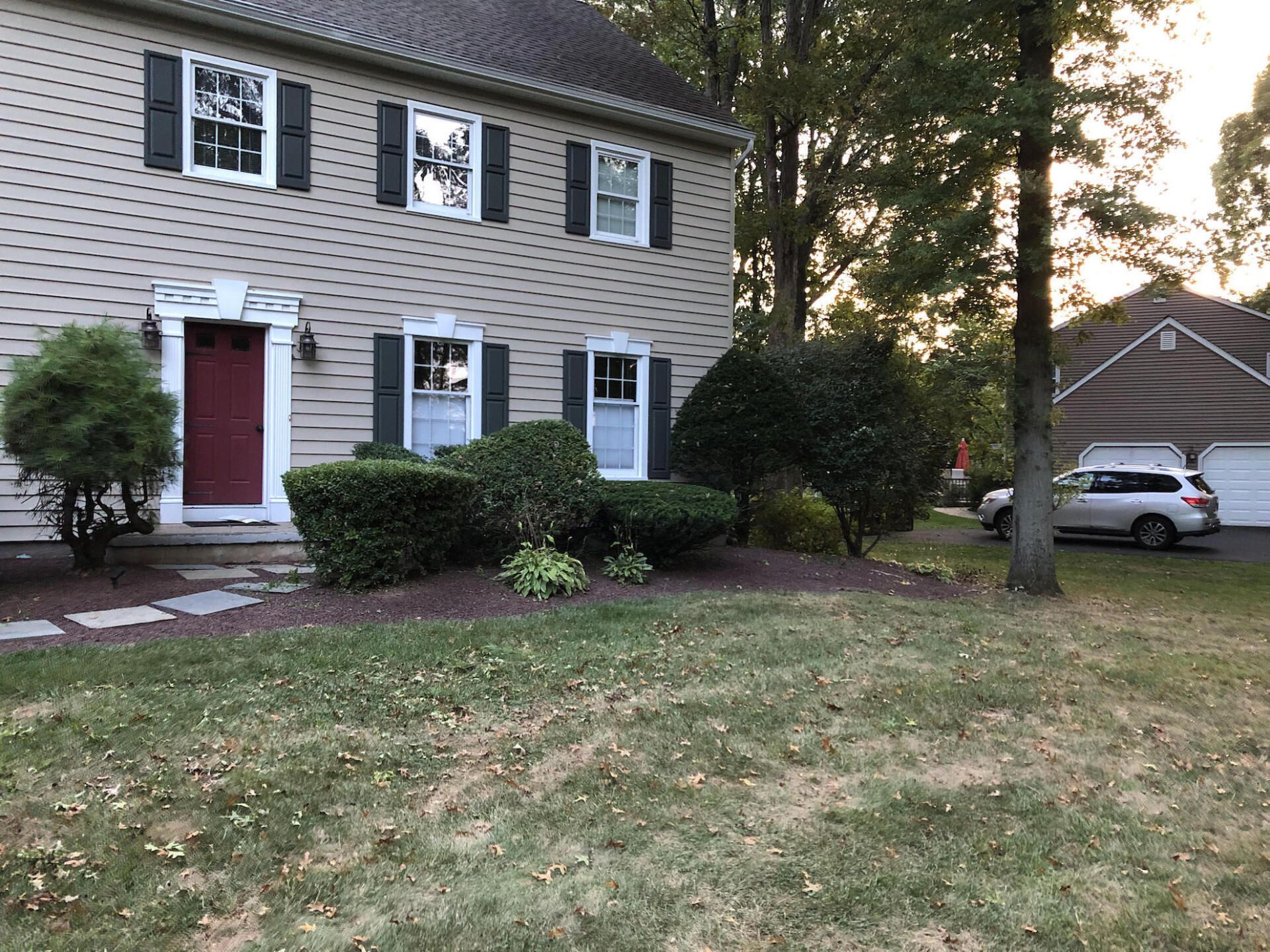
15 Mar, 2023
One common problem that can detract from the beauty of your lawn is scalping. Scalping occurs when you cut your grass too short, leaving unsightly brown patches and exposing the roots to the sun. This increases the risk of pests, disease, and weeds. Lucky for us, scalping can only occur while we're mowing the property. so it is totally preventable. The first step to avoiding scalping is choosing the right mower for the size of your lawn. I know most of us want to use the biggest mower possible so that we can spend the least amount of time cutting the property. the only problem with that is on smaller yards that tend to be more uneven it is very easy to scalp the lawn with a big mower deck. Sometimes smaller push mowers are the best option because they can Contour to the ground better on hilly or uneven surfaces.If you have a large property and must use a bigger mower make sure while you're mowing you're paying attention to any unevenness in the ground and are being conscious to not dig the side of the mower deck into the grass. A very easy way to limit the amount of scalping is to actually level out your lawn. There are many ways to do this but the simplest is to get a small amount of topsoil, spread it around your property, and then use a leaf rake to rake it in letting the grass show through and getting rid of any of the small divots and bumps. Finally, it's crucial to avoid cutting your grass too short. Cutting your grass too short can weaken the grass, making it more vulnerable to disease and pests. As a general rule, you should never cut more than one-third of the height of your grass at a time. This will help to keep your grass healthy and prevent scalping. In conclusion, scalping is a common problem that can detract from the beauty of your lawn. By choosing the right mower, making sure your lawn is even, and avoiding cutting your grass too short, you can keep your lawn looking healthy and beautiful all season long. So, get out there and mow like a pro, and enjoy the benefits of a lush, green lawn!

15 Mar, 2023
Ah, lawn mowing season in Bucks County. You can almost smell the freshly cut grass in the air! You’re likely busy trying to keep your yard looking pristine but what mowing height should you use? Knowing which cutting length is best for your lawn depends on many factors and this blog post will guide you through it all! We will also talk about the common mistakes made when cutting your lawn. With the right mowing techniques, you can have a lush and healthy lawn that will make your neighbors green with envy. So, let's dive in and talk about the best mowing height for optimal growth and color. When it comes to mowing, the first thing you need to know is that the optimal height depends on the type of grass you have. Almost all grasses in Bucks County are cool season and most commonly Kentucky Bluegrass, Tall Fescue, and Perennial Rye Grass. For most cool-season grasses, you want to aim for a mowing height between 2.5 and 3.5 inches. Why is this important? Well, mowing at the right height promotes a healthier root system and encourages thicker turf, which makes it more resilient against drought, disease, and pests. But, here's the thing, you don't want to cut the grass too short, because that can damage the root system, cause the grass to turn brown and thin, and make the lawn more susceptible to pests and disease. A common rule of thumb is the ‘rule of one third’. You never want to cut off more than 1/3 of the total height of your lawn. If your lawn is currently 4 inches tall you do not want to cut off more than 1.3 inches(4 Divided by 3). Now, let's talk about some common mistakes to avoid when mowing your lawn. First up, using a dull blade. A dull blade can tear the grass instead of cutting it cleanly, leading to jagged edges and brown tips. This can make the grass more susceptible to disease and pests. So, make sure you're using a sharp blade to get the job done. You should be getting your mower blade sharpened once per season. Another mistake to avoid is mowing when the grass is wet. Mowing wet grass can cause clumps of grass clippings to accumulate on the lawn, leading to a suffocation of the grass and the growth of mold and other fungal diseases. Plus, it's just a pain in the butt to mow wet grass. Next up, mowing too frequently. Your lawn really only needs to be cut weekly and maybe even every two weeks in the summer. Cutting the grass too often can stress the grass and cause it to weaken, leading to thinning and browning. So, don't overdo it with the mowing. Give your lawn some time to grow and breathe. And finally, avoid mowing in the same pattern every time. This can cause ruts and tire tracks, leading to thinning and uneven growth. Mix it up a bit and go in different directions each time you mow. This will also give you those really nice crosshatched lawn stripes! In conclusion, maintaining a healthy and beautiful lawn requires proper mowing techniques. Mowing at the right height promotes healthy growth and helps prevent disease and pests. Avoiding common mistakes, such as using a dull blade, mowing wet grass, mowing too frequently, and mowing in the same pattern, can also help maintain a healthy lawn. So, get out there and mow your lawn like a pro.
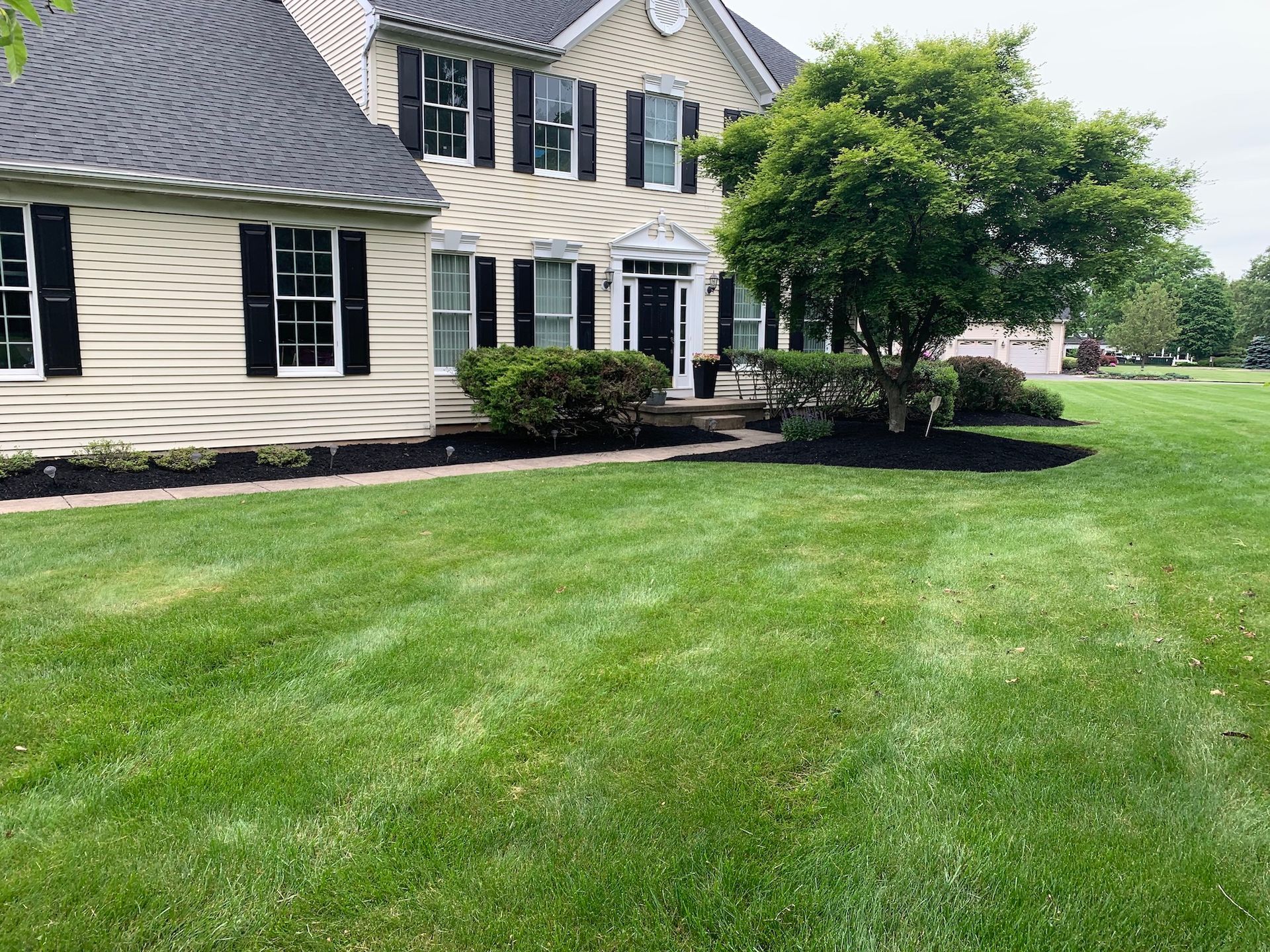
15 Mar, 2023
Let's face it, identifying grass types can be as confusing as trying to figure out which Kardashian is which. But fear not, my friend! With a little bit of observation and knowledge, you can easily tell the difference between Kentucky Bluegrass and Perennial Ryegrass, even if you can't tell apart Kim and Khloe. And if all else fails, just remember that tall fescue is the tough guy of the grass world, so you can't go wrong with that one! Bucks County, Pennsylvania is home to several common grass types, each with its own unique characteristics and care requirements. Knowing which type of grass you have can help you better care for your lawn and keep it looking healthy and lush. In this article, we'll explore the three most common grass types in Bucks County and provide tips for identifying which type of grass you have. 1. Kentucky Bluegrass Kentucky bluegrass is one of the most popular grass types in Bucks County. It has a fine texture and is known for its deep blue-green color. Kentucky bluegrass is a cool-season grass that grows best in cooler temperatures, making it a great choice for lawns in Pennsylvania. It prefers well-drained soil and requires frequent watering to maintain its lush appearance. To identify: Kentucky bluegrass, look for grass blades that are thin and flat, with a boat-shaped tip. It also has a prominent midrib (vein) running up the middle of the leaf blade. The blades are typically between 1/8 and 1/4 inch wide and have a smooth texture. Kentucky bluegrass can be identified by its deep blue-green color and the fact that it grows in dense clusters. 2.Tall Fescue Tall fescue is another common grass type in Bucks County. It is a cool-season grass that is known for its toughness and durability. Tall fescue has a deep green color and a coarse texture, making it a great choice for high-traffic areas. It can tolerate heat and drought well, making it a good choice for lawns that receive a lot of sun. To identify: tall fescue, look for grass blades that are wider and coarser than Kentucky bluegrass. There is no prominent mid-rib. The blades typically have a ribbed texture and a boat-shaped tip. Tall fescue can be identified by its deep green color and the fact that it grows in bunches, rather than in dense clusters. 3.Perennial Ryegrass Perennial ryegrass is a cool-season grass that is often used for overseeding in Bucks County lawns. It has a fine texture and is known for its vibrant green color. Perennial ryegrass prefers well-drained soil and requires frequent watering to maintain its lush appearance. To identify: perennial ryegrass, look for grass blades that are thin and flat, with a boat-shaped tip. The blades are typically between 1/8 and 1/4 inch wide and have a fine texture. The leaf will be folded over the bud, and it will have a shiny back. Perennial ryegrass can be identified by its vibrant green color and the fact that it grows in dense clusters. Identifying the type of grass in your lawn is an important step in maintaining a healthy and beautiful lawn. By understanding the unique characteristics and care requirements of your lawn, you can better care for your lawn and keep it looking its best. Be sure to water and fertilize your lawn according to the needs of your specific grass type, and consider consulting with a professional lawn care company for additional guidance and support.
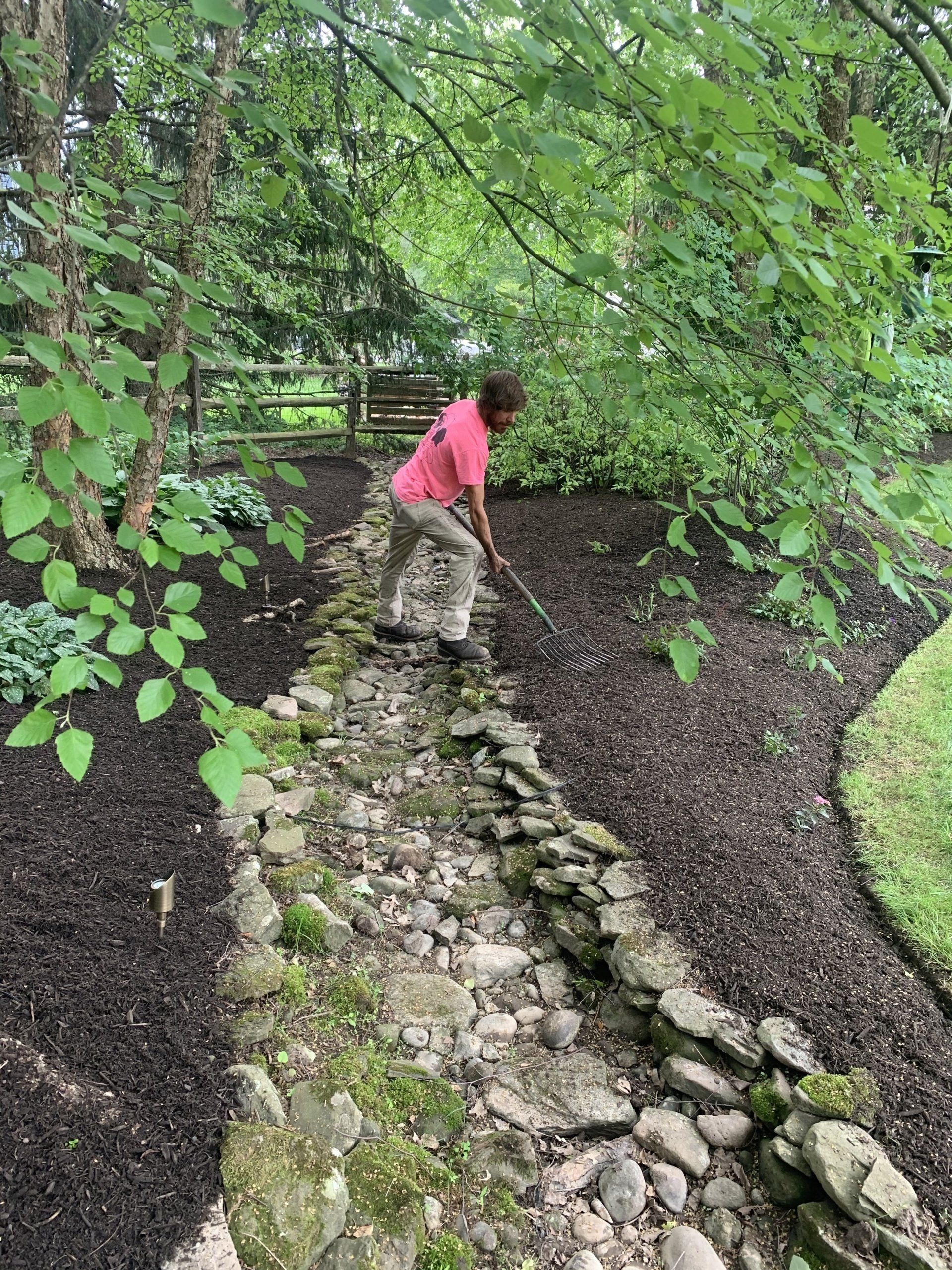
29 Dec, 2022
If you're a homeowner or a landscaping enthusiast, you've probably heard about the benefits of mulching. But what exactly is mulching and why is it so important for your property? Mulching is the act of spreading a layer of material over the surface of the soil in your garden beds or around trees and shrubs. The material used can vary, but common options include wood chips, bark, straw, leaves, and compost.
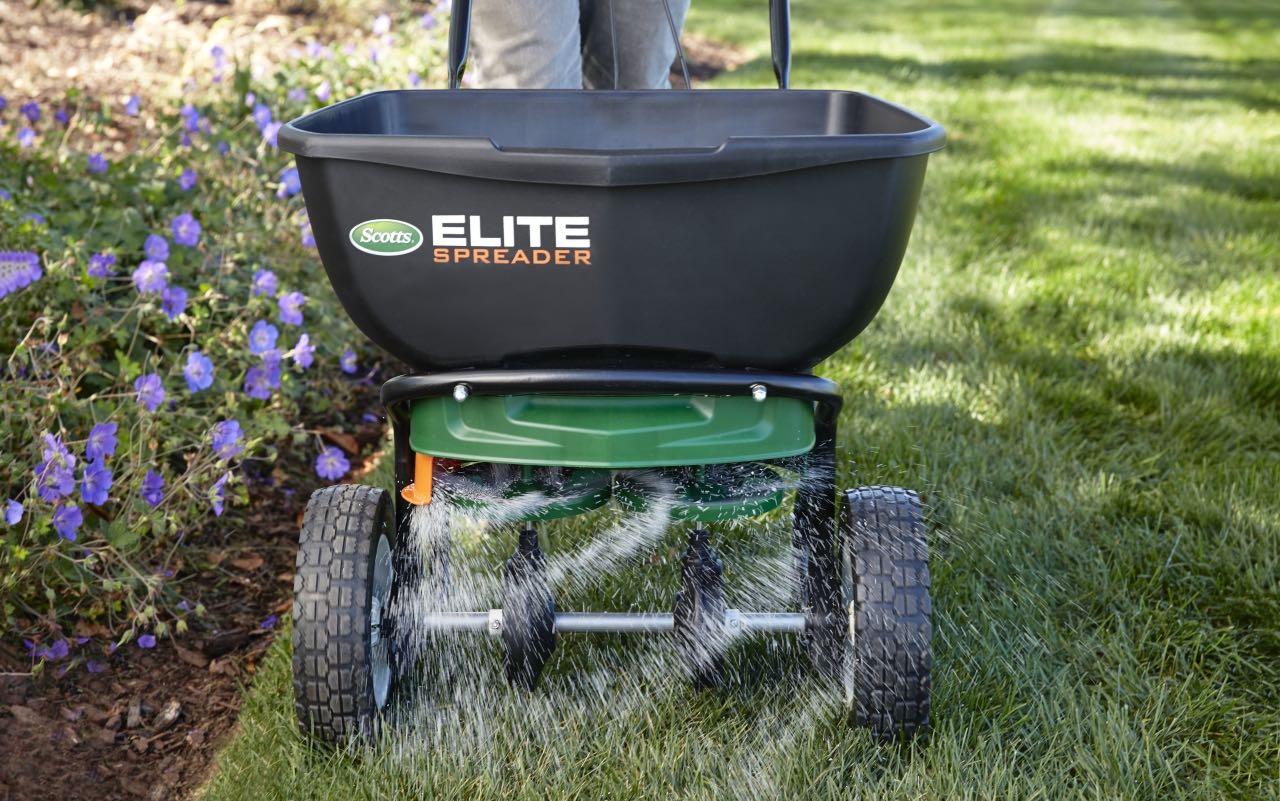
22 Sep, 2022
Overseeding is sold as a fix all for problems with your lawn. It is also oversold by lawn care companies as a way to make your lawn look better without any way for you to track if it worked. What is Overseeding and Why Not Just Call it Seeding? Overseeding is the process of seeding over an existing lawn. Seeding is the process of seeding to establish a new lawn. Other than actually walking around with a spreader these two processes couldn't be more different. The prep work required for each is completely different, the seeding application rates are totally different, and the post care of your new seedlings is totally different. What Overseeding Actually Does? There are 2 ways grass can expand into new areas: Seeding, and rhizomes Seeding/Overseeding is what we have been talking about which is where grass seed is harvested, bagged, bought, then spread on your property. The seeds then turn into brand new turf grass.
Contact Us
PHONE:
EMAIL:
OPERATING HOURS:
- Mon - Sat
- -
- Sunday
- Closed
OFFICE HOURS:
- Mon - Fri
- -
- Sat - Sun
- Closed
Licensed & Insured
PA Home Improvement License #PA160766
PA Applicators License #BU14834
CONTACT US
PHONE:
EMAIL:
OPERATING HOURS:
- Mon - Sat
- -
- Sunday
- Closed
OFFICE HOURS:
- Mon - Fri
- -
- Sat - Sun
- Closed
SERVICE AREA
© 2024
All Rights Reserved | Full Circle Landscape Solutions


